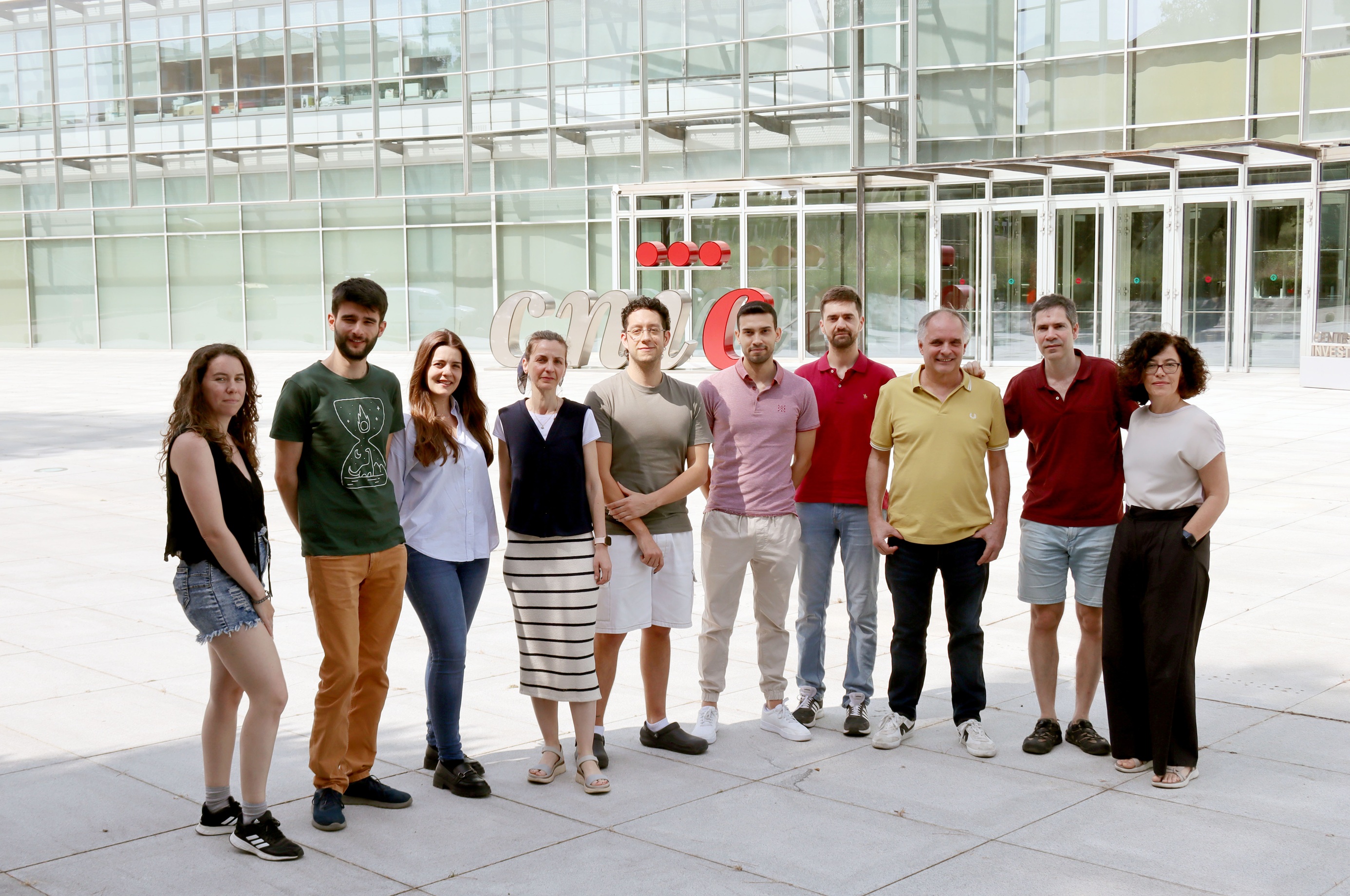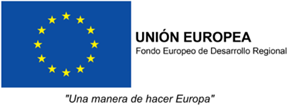Circulation Research: CNIC scientists uncover how the immune response drives atherosclerosis—the root cause of heart attacks and strokes
A team from the CNIC has discovered the key role of conventional type 1 dendritic cells (cDC1) in atherosclerosis and has developed an experimental therapy with immunosuppressive nanoparticles that slows the progression of the disease in animal models.
Scientists at the Centro Nacional de Investigaciones Cardiovasculares Carlos III (CNIC), in collaboration with national and international research centers, have identified a key immune cell subtype involved in the development of atherosclerosis. In a study published in Circulation Research, the team tested an experimental therapy in animal models based on immunosuppressive nanoparticles and demonstrated that it can slow disease progression.
Atherosclerosis is a chronic cardiovascular disease that affects millions of people worldwide. The disease is marked by the accumulation of cholesterol—especially low-density lipoprotein (LDL)—in the arterial walls, leading to plaque formation that restricts blood flow. Over time, plaques can rupture, causing serious complications such as heart attacks and strokes. Although atherosclerosis has historically been considered a vascular disorder, recent studies have highlighted the central role of inflammation and the immune response in driving the disease. This has opened new avenues for treating the disease by modulating the immune system.
The new CNIC research, conducted by the Immunobiology Group led by David Sancho, reveals that conventional type 1 dendritic cells (cDC1s) play a key role in this inflammatory process. The team used mouse models to analyze how the presence or absence of these cells influences atherosclerosis development.
“We used genetically modified mice fed a high-cholesterol diet to replicate the conditions that promote atherosclerosis,” explains lead author Miguel Galán Burgos. “When we artificially increased the number of cDC1s, arterial lesions worsened. But when the mice lacked cDC1s specifically, plaque formation was significantly reduced—even with an unhealthy diet.”
Further analysis of immune cells in the arteries showed that the absence of cDC1s was associated with a reduction in T lymphocytes, both CD4+ Th1 and CD8+ subsets, which are known to drive inflammation and vascular damage. The researchers also found that the STING molecule, expressed by cDC1s, is critical for these cells to exert their harmful effects in atherosclerosis.
Targeted nanoparticles to suppress inflammation
A key innovation in the study was the development of an experimental therapy based on nanoparticles loaded with the immunosuppressant dexamethasone and coated with antibodies. These nanoparticles were developed in collaboration with Jesús Ruiz Cabello and Susana Carregal Romero, from the Molecular and Functional Biomarkers research group of the Center for Cooperative Research in Biomaterials (CIC biomaGUNE) in San Sebastian, in the framework of Laura Fernández Méndez's doctoral thesis.
The nanoparticles were specifically designed to target cDC1s. “When we administered the nanoparticles in animal models of atherosclerosis, we observed a marked reduction in plaque size and in the associated inflammatory response. Importantly, this approach controlled arterial inflammation without impairing the body’s ability to fight viral infections”, explain the authors.
The results reinforce the role of cDC1s in driving atherosclerosis and introduce a promising new therapeutic approach that tackles the immune root of the disease. By precisely targeting the immune cells involved, this strategy could offer a safer, more effective alternative to current treatments, minimizing systemic side effects.
The study’s combination of molecular biology and materials engineering represents a major advance in the fight against cardiovascular disease and establishes a strong foundation for future development of personalized immunotherapies.
The project was supported by funding from the Spanish Ministry of Science, Innovation, and Universities (MICIU): PID2022-137712OB-I00, PID2021-123238OB-I00, PID2022-139218OB-I00, CNS2023-143944, RYC2020-030241-I, PID2022-142842OB-I00, CPP2021-008310 and CPP2022-009762, funded by the State Research Agency and the European Union NextGeneration EU/PRTR. Additional funding was provided by the Community of Madrid (P2022/BMD-7333 INMUNOVAR-CM) and Fundación “la Caixa” (LCF/PR/HR23/52430012 and LCF/PR/HR22/52420019).
- Galán M, Fernández-Méndez L, Núñez V, Femenía-Muiña M, Figuera-Belmonte P, Moya-Ruiz E, Martínez-Cano S, Hernández-García E, Rodrigo-Tapias M, Rodríguez-Ronchel A, Relaño-Rupérez C, Wculek SK, Benguria A, Dopazo A, Henri S, Jo S, Liu TT, Malissen B, Murphy KM, Ramiro AR, Carregal-Romero S, Ruiz-Cabello J, Robles-Vera I, Sancho D. cDC1s Promote Atherosclerosis via Local Immunity and Are Targetable for Therapy. Circ Res. 2025 May 30. https://doi.org/10.1161/CIRCRESAHA.124.325792. Epub ahead of print. PMID: 40444360. doi:











